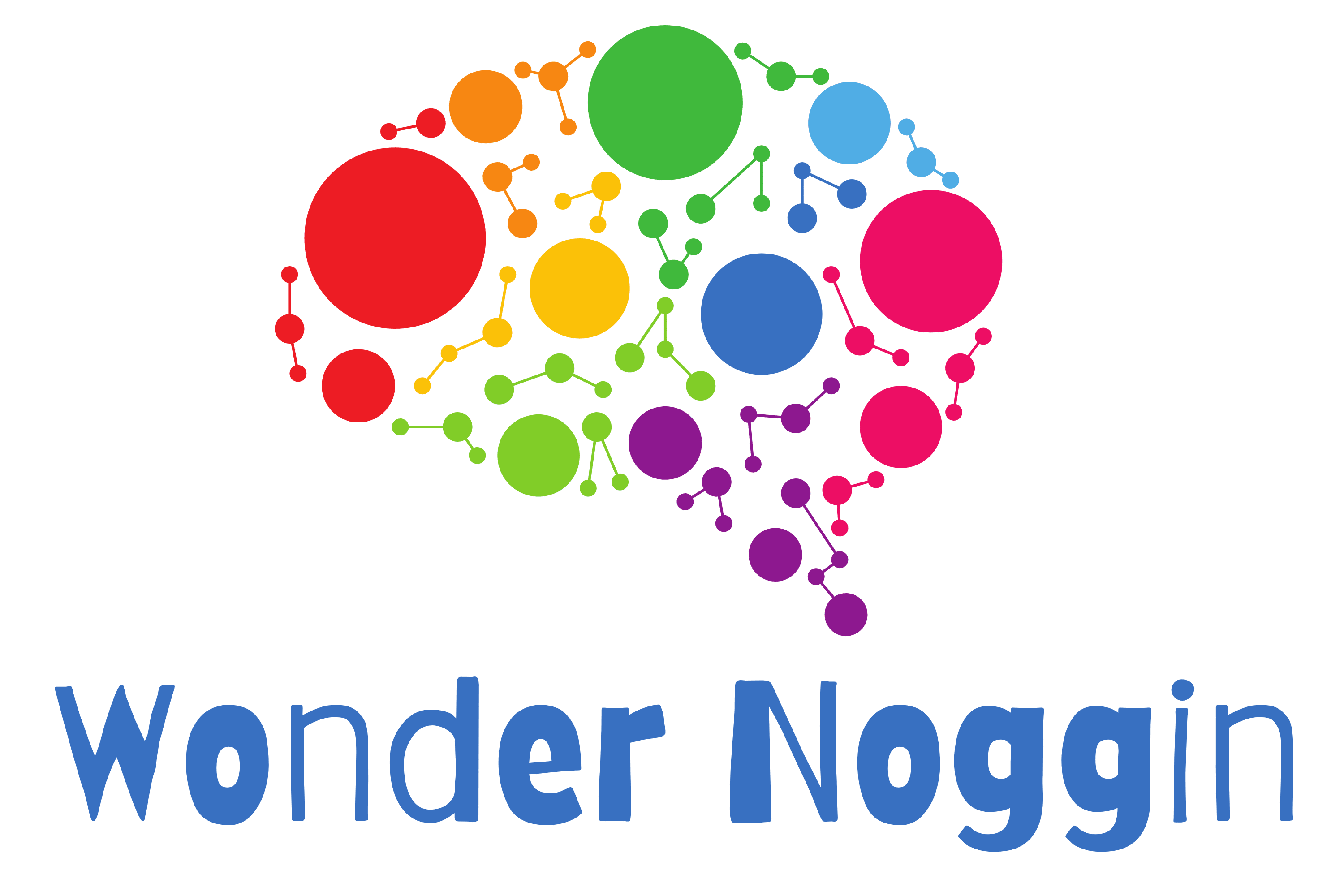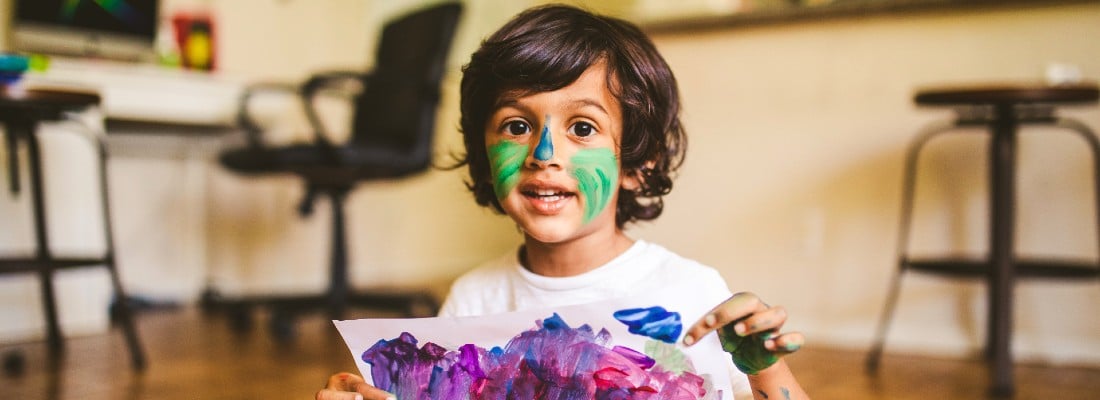Welcome to our deep dive into STEM vs. STEAM – a vital conversation shaping our children’s future. STEM, an educational model focusing on Science, Technology, Engineering, and Mathematics, revolutionized learning landscapes by instilling critical thinking and problem-solving skills.
STEM is and continues to provide children of all ages with a platform to learn essential skills to help them develop and learn.
But after several years, experts wondered if young learners were losing the essence of creativity and innovation in this race toward technological proficiency.
In this blog post, we’ll explore the vital role of arts in a child’s cognitive development, providing a holistic approach to learning by teaching STEAM to your little ones. We’ll delve into why STEAM was introduced, addressing the need for fostering creativity and innovation along with scientific concepts.
Our children are not just future scientists or engineers but potential innovators, creators, and thought leaders. They require the comprehensive knowledge that STEAM imparts.
Let’s embark on this journey, understanding why STEAM might be the game-changer in our children’s education.
What is STEM?
STEM is an acronym that stands for Science, Technology, Engineering, and Mathematics. This educational approach integrates these four disciplines into a cohesive learning paradigm based on real-world applications. The term “STEM” was coined by the U.S. National Science Foundation (NSF) in the early 2000s, although the concept itself has been around much longer.
STEM education offers numerous benefits for kids eager to learn about the world around them. It encourages critical thinking, problem-solving, and creativity, skills that are vital in our rapidly evolving world. STEM subjects are often taught through hands-on activities, making learning fun and engaging.
Plus, STEM careers are some of the fastest-growing and highest-paying, so an early start in these subjects can set kids up for a bright future.
What is STEAM?
Now that we discussed STEM, you might be wondering what does STEAM stand for?
STEAM is an acronym for Science, Technology, Engineering, Arts, and Mathematics. STEAM incorporates several aspects of liberal arts disciplines into traditional STEM to help children receive a well-rounded education. Here are some elements that introduce new concepts with the addition of arts in STEAM:
- Social Studies: Embrace STEAM’s multidisciplinary education program with social studies. Explore the relationship between technology and society, or explore how scientific discoveries shape our social fabric. Connect geography with environmental science or economics with data analysis.
- History: Integrating history into the STEAM curriculum brings to life the past through the lens of science and technology. It allows young people to understand how ancient cultures used basic engineering or how historical events spurred technological advancements.
- Physical Arts: Incorporating physical arts in STEAM programs can be a game-changer. From sculpture using recyclable materials to shadow puppetry leveraging light and shadow concepts, physical arts provide tangible mediums for scientific exploration. It’s about merging kinesthetic learning with scientific concepts.
- Fine Arts: STEAM programs coupled with fine arts stimulate children’s imaginations and hone their observational skills. As children experiment with colors, shapes, and patterns, they are learning essential design-thinking skills, paving the way for future innovators and creators.
- Music: Music in the STEAM curriculum is an orchestra of sound and science. Children can explore the physics of sound waves, the engineering behind musical instruments, or the mathematical patterns in rhythm and melody. Creating their unique tunes, they tap into the art of problem-solving and enhance their analytical skills.
The thing I love about STEAM is that it’s not just about learning individual subjects. It’s about understanding how they all interconnect and apply to the real world. This holistic approach helps kids develop a wide range of skills and knowledge.
Why is art important for learning?
The inclusion of Art in STEM has been shown to offer a multitude of benefits. It fosters increased creativity, which is a critical skill in today’s innovation-driven world. It also contributes to improved academic performance, as the Americans For The Arts Foundation suggested.
Furthermore, it enhances motor skills, as reported by the Stratford School, and promotes better decision-making abilities. The visual learning experience is also enriched, leading to an overall enhanced learning experience.
The integration of Art into STEM education is not just about adding another subject to the curriculum. It’s about fostering a holistic approach to learning that values creativity and design thinking as much as scientific knowledge and technical skills.
Let’s take a look at some of the biggest benefits children receive by studying STEAM art:
Increase creative thinking
Enriching STEM with an ‘A’ for Arts, STEAM education ignites a spark of creativity in young minds. It’s a gateway that transforms rote learning into a vibrant, interactive process.
Learning through music promotes divergent thinking and helps learners understand how to approach real-world problems. This encourages kids to think outside the box. With STEAM learning, parents can boost their child’s learning potential, creating a strong foundation for innovative ideas and developing the leaders of tomorrow.
Improved motor skills
Through STEAM education, children embrace the arts, boosting their motor skills in a fun, interactive way. Artistic activities, like drawing, painting, or sculpting, require delicate hand-eye coordination.
This active engagement develops fine motor skills, enhances dexterity, and improves hand control. By nurturing creativity with STEAM, you’re not just fostering innovators because you’re equipping your child with essential skills to navigate the tactile world. Unlock these possibilities right from your living room, where learning and growth happen naturally.
Better visual learning
Arts, the creative heart of STEAM, enhance visual understanding. By integrating Art, subjects like Science, Technology, Engineering, and Math transform from abstract to tangible. It promotes creative thinking and spatial reasoning and reinforces visual-spatial learning.
There are several programming languages for kids that use visual components of STEAM art, which means your child will get a more well-rounded and holistic learning experience compared to simply learning about computer science in STEM.
Bring to life the invisible world of equations and algorithms, making complex concepts easier to grasp. Empower your children with STEAM’s artistic side – the key to immersive, effective, and engaging education at home.
Explore art and ethics
Empower your kids with STEAM, a revolutionary approach integrating Arts into the STEM fabric, enriching scientific pursuits with creativity and ethical considerations. Through the prism of Arts, young people uncover the ethical implications of technology, fostering empathetic perspectives.
By creating imaginative solutions, they learn to design considerate innovations, nurturing a generation of ethically-aware inventors. Unleash this transformative power of STEAM at home, cultivating your child’s intellectual curiosity and ethical conscience.
Cultural competence
Integrating arts into your child’s learning fosters cultural competence. Art, the “A” in STEAM, explores global narratives, perspectives, and humanities.
It bridges cultural gaps, sparking empathy and understanding. STEAM creates critical thinkers and problem solvers who can also appreciate diversity and value cultural exchange. Inspire your child’s creativity and cultural intelligence today with STEAM education at home. Future global citizens start with STEAM.
Social & emotional learning
Children explore diverse perspectives and narratives, enhancing their emotional intelligence and social skills. With STEAM, your home becomes a hub of holistic learning, fueling not only cognitive growth but also fostering the nurturing of emotionally balanced, socially adept future leaders.
Enhanced soft skills
Integrating Arts into STEAM encourages kids to approach problem-solving creatively, enhancing their innovative thinking. It bolsters essential soft skills such as language arts, empathy, and real-life teamwork.
Through expressive visual arts projects, children foster self-awareness, refine their perspectives, and learn to value diverse ideas. These experiences, steeped in the magic of STEAM, prepare your child for a complex world, cultivating well-rounded individuals ready to think outside the box. Elevate learning; embrace STEAM at home.
What are some practical applications of STEAM?
Bring STEAM to life with practical, hands-on applications! Encourage budding engineers with LEGO robotics, engage young artists with DIY light-box designs, or ignite the curiosity of future ecologists with backyard biodiversity studies.
- Robotics with LEGO: Encourage your child’s engineering instincts by designing and building a LEGO robot. This hands-on coding robots for kids bridges the gap between play and learning, fostering mechanical understanding and problem-solving skills. Children can learn even more of these skills through other technology activities for kids.
- DIY Light-Box Art: Combine art and science by creating a homemade light box. Art science projects offer lots of benefits for kids, and you can enjoy this education with projects like having your kids draw, sketch, and trace while learning about light’s properties and shadows, fostering their creativity and scientific curiosity.
- Backyard Biodiversity Study: Spark the interest of budding ecologists with a survey of local flora and fauna. These outdoor nature activities promote observational skills and a love for nature. STEAM science projects offer many opportunities for kids to explore and learn about the world around them!
- Culinary Math: Enhance your child’s mathematical skills through cooking and other STEAM math activities. Measuring ingredients, calculating cooking times, and understanding ratios can make kitchen time a delightful STEAM experience.
- Family Photo Archiving: Engage your kids in digitalizing and organizing family photos, encouraging a passion for history and developing digital literacy. This STEAM project combines tech-savviness with a sense of the past, enriching your child’s understanding of family heritage and technological advancements.
From building birdhouses that explore geometry to composing a song that unravels acoustics, practical STEAM activities open a universe of learning right in your home.
Transform everyday moments into extraordinary STEAM adventures, fueling your child’s passion for discovery and innovation.
What is the future of STEAM?
The future of STEAM is resplendent with possibilities, especially because preschool STEM has shown so many benefits for little ones. We can help our children learn even more by reimagining the way we educate our children.
STEAM will become more inclusive, accessible, and individualized, shaping curious learners into confident creators. Harnessing the power of emerging technologies such as AI and virtual reality, STEAM education will facilitate immersive, experiential learning right at home.
Beyond academic concepts, children will tackle real-world challenges, applying STEAM principles to seek creative solutions. Whether it’s designing eco-friendly cities or creating accessible tech tools, STEAM will empower children to become active contributors to a progressive society.
Moreover, the ‘A’ in STEAM will take center stage, with increasing recognition of the role of visual arts in fostering innovation. Music, visual, and performing arts will interweave with science and technology, promoting holistic development.
The future of STEAM is not about rote learning but igniting passions. It’s about nurturing a generation of thinkers, tinkerers, and trailblazers who are ready to shape the world!







0 Comments